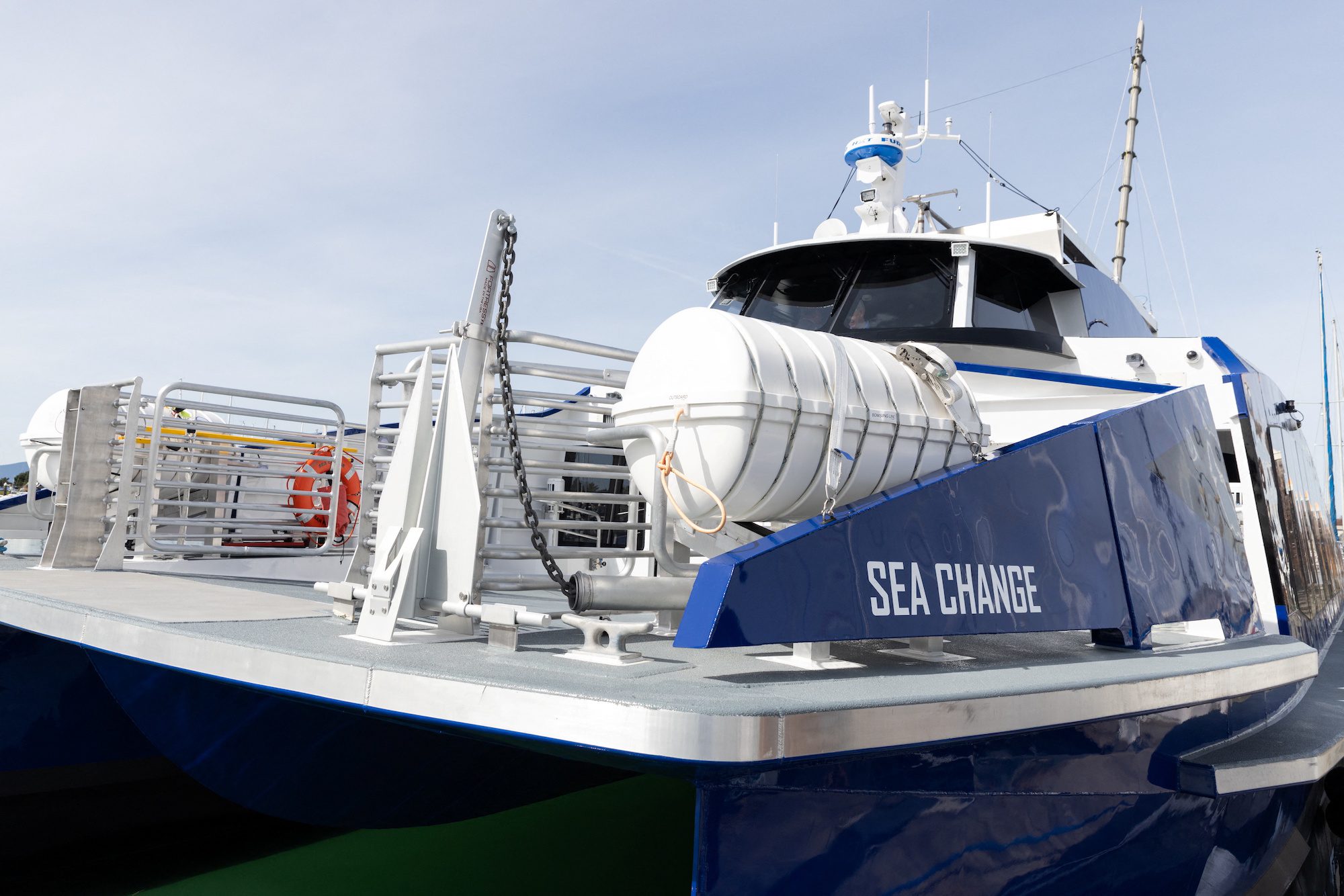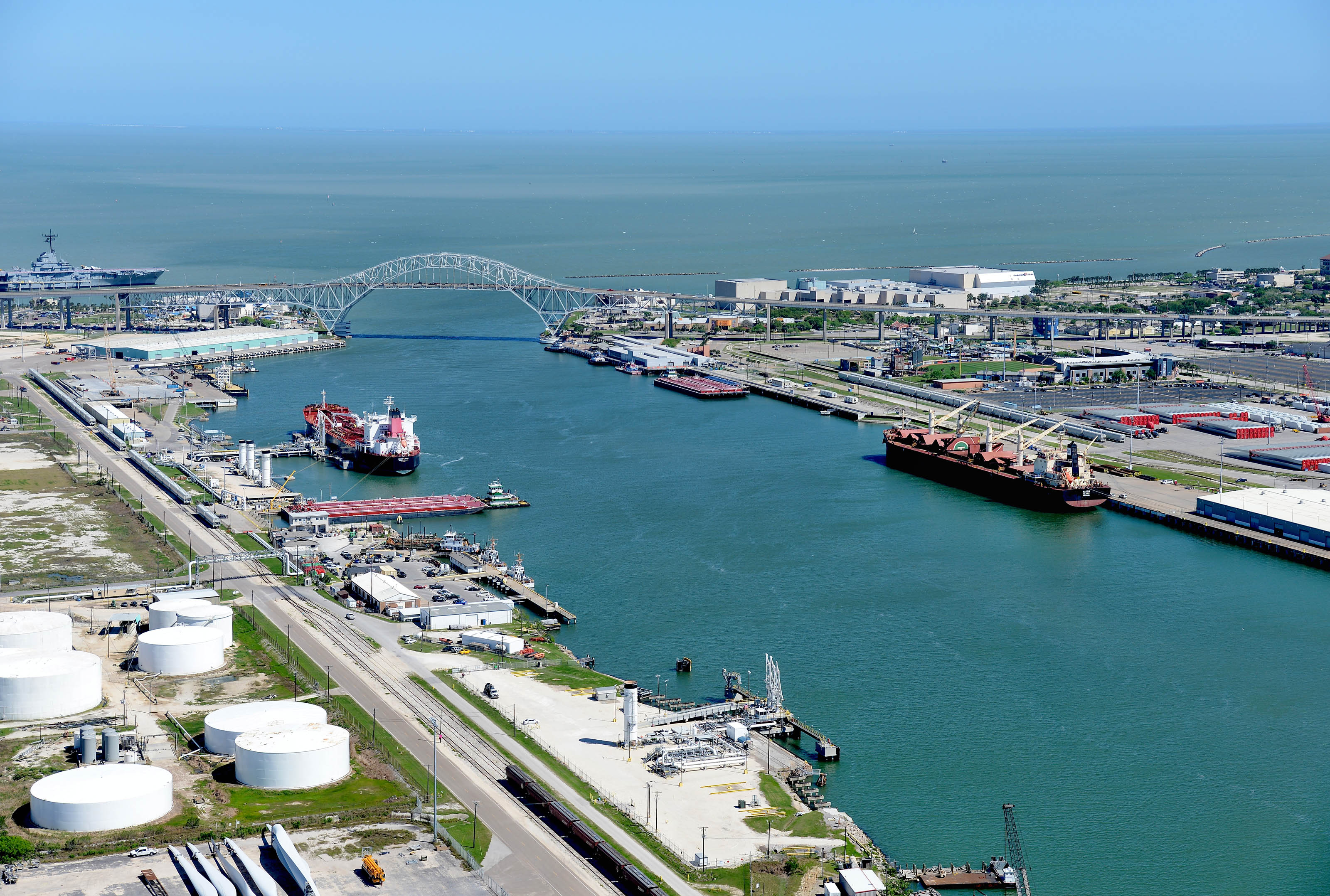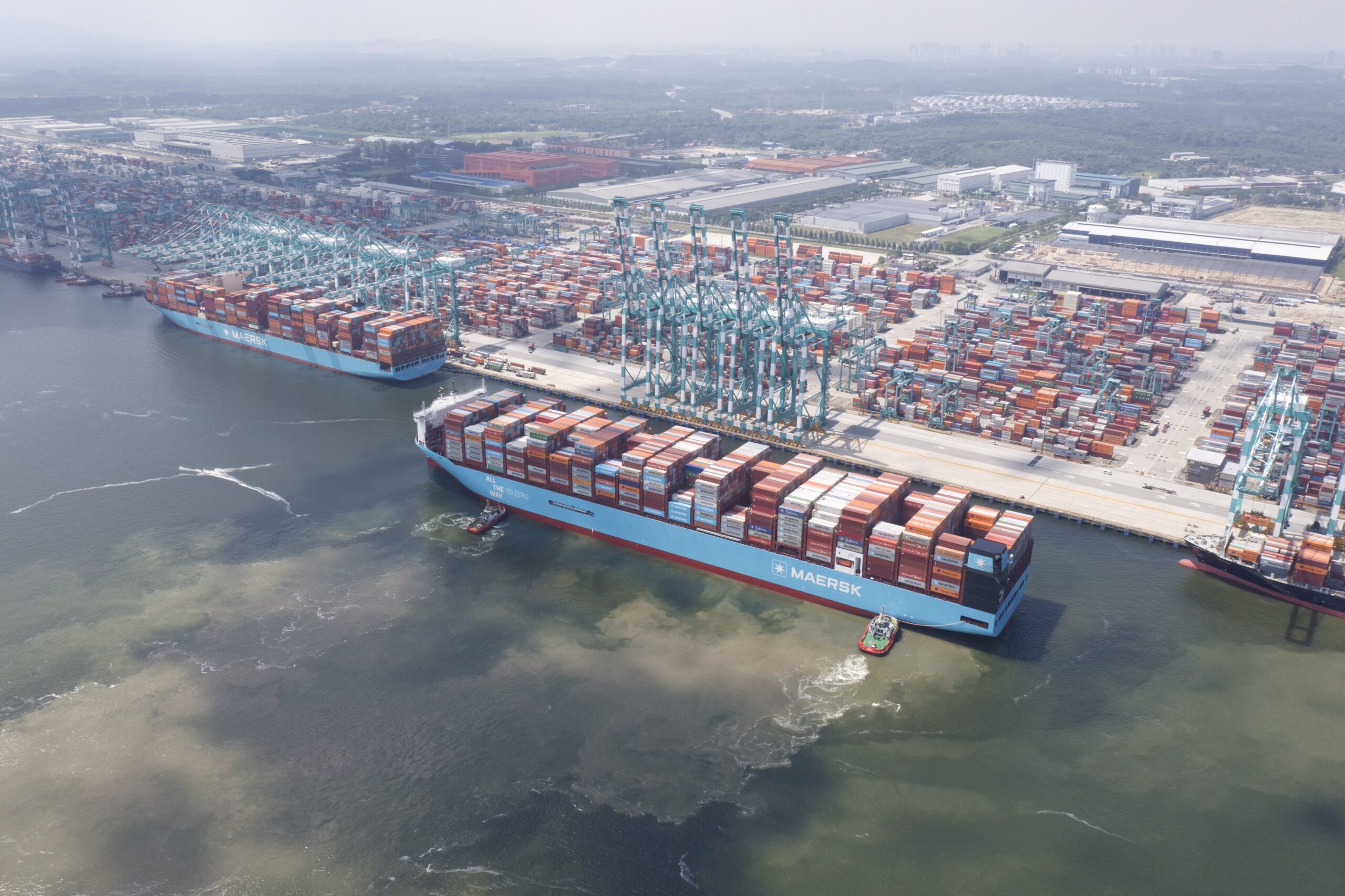U.S.-based Hornblower Group has received an $8 million grant from the U.S. Department of Energy (DOE) to design, construct and operate a first-of-its-kind green hydrogen bunker fueling station for ferries and other maritime vessels in San Francisco.
The floating and moveable system will be the first of its kind in the world to produce green hydrogen through the use of hydroelectric power, demonstrating the use of zero-carbon hydroelectric energy in the electrolysis of water to produce green hydrogen for ferry and maritime vessels, as well as for growing land uses (such as hydrogen fuel cell vehicles). The system is also compatible with other zero-carbon sources of electricity, for example offshore wind.
Hornblower, through its subsidiary Hornblower Energy, has been working on the project since 2021. Project completion is anticipated for 2025 with fueling expected to be available in 2024 and thereafter.
Hydrogen-Powered Ferry Set to Launch in San Francisco Bay
The contract was awarded by the DOE’s Office of Energy Efficiency & Renewable Energy (EERE), Hydrogen and Fuel Cell Technologies Office in support of its H2@Scale initiative for affordable hydrogen production, storage, distribution, and utilization.
“With Hornblower Group’s long-standing environmental record of developing ways and resources to implement green practices, I am incredibly proud of the work our team has put forward in leading this next phase of hydrogen fueled technology,” said Kevin Rabbitt, chief executive officer, Hornblower Group. “As we continue our efforts to position Hornblower as a Global Leader in Experiences and Transportation, this industry-first fueling station proves our commitment to investing in new and innovative technologies within the maritime industry and beyond.”
With this build, Hornblower will demonstrate the feasibility and viability of hydrogen production, storage, and fueling on the water, establishing robust science-based protocols, procedures, operating parameters, and attendant training materials for the safe and routine generation and storage of electrolyzed hydrogen and handling of water-to-water and water-to-land hydrogen and fuel-cell power transfer.
Hornblower over the last fifteen years has been at the forefront of implementing environmentally conscious, emissions-reducing solutions across a wide range of propulsion systems and energy inputs, including hybrid, hybrid-electric, all-electric, efficient engine, biofuels, and hydrogen.
“Hydrogen technology will very likely play an important role in zero-emission energy efforts for years to come, and while this new project is uncharted territory for the entire industry, Hornblower is dedicated to sustainable practices both on land and on the water,” said Cameron Clark, chief strategy and business development officer at Hornblower Group. “With a global fleet of more than 200 vessels with additional vehicle and bus operations, this new undertaking builds upon our broad category of results-oriented consultation and operational services and environmental engagement. We appreciate the leadership and support from the DOE in demonstrating and supporting promising green energy projects like ours.”
Public sector entities behind the project include Sandia National Laboratories and the Port of San Francisco, as well as Air Liquide, BayoTech Group, Nel Hydrogen, Inc. and Glosten in the private sector.
“The Port of San Francisco is excited to partner with Hornblower on this important project to demonstrate how new green technology will shape the future of the maritime industry,” said Elaine Forbes, Executive Director of the Port of San Francisco. “Promoting the use of hydrogen fuel to power the movement of people and goods, across our beloved Bay and waters far from our shores, will reduce our dependence on fossil fuels and a key tool to helping to fight climate change.”
“As the shipping industry navigates the transition from fossil fuels to zero-emission fuels, I’m confident hydrogen will play an essential role,” said Michael Koonce, BayoTech’s President. “We’re proud to support Hornblower in this groundbreaking project with our unique high-capacity, compact hydrogen storage modules.”
This project is seeking hydrogen production, storage and fueling capabilities of up to 530 kg of hydrogen per day.
An integrated system of green hydrogen production via water electrolysis and hydrogen power generation via fuel cell—both mounted on the floating station—will bring commercial hydrogen technology to the maritime industry. Hydrogen vessels currently under development and expected to be operating in San Francisco Bay—such as the Sea Change and Hornblower’s own Discover Zero—will benefit from a secure and affordable supply of green hydrogen.
The project will also leverage maritime users to stimulate a renewable maritime hydrogen ecosystem along San Francisco Bay, serving as a blueprint for safely establishing maritime station-based renewable power.
Hornblower’s environmental and technology accomplishments include establishing the first passenger maritime installation of Selective Catalytic Converters (SCR) to reduce nitrogen oxide (NOx) emissions in 2007, the first hybrid vessel(s) to incorporate multiple sources of renewable electric power including solar and wind in 2008, the country’s first all-electric ferry in conjunction with the Alabama Department of Transportation, the first all-electric passenger ferry system in the United States, and the design and delivery of newly constructed 350-passenger ferries for the NYC Ferry system with Tier 4 engines in April 2020.

 Join The Club
Join The Club











